People tend to be dazzled every time stumbling right into a beautiful piece of Moroccan decor. There’s something magical about the vibrant colours, elaborate patterns and lush textures that evoke photos of bustling souks and spice-scented air. Maybe it’s the splendid hand made rugs underfoot, the embroidered poufs inviting you to sit and linger, or the lanterns casting a warm glow over it all. Whatever the supply, Moroccan style has a manner of whisking you off on an exclusive adventure without ever leaving home. If you’re trying to upload an beautiful touch of the amazing in your area, Moroccan decor is a perfect place to begin. In this blog, we’ll explore some of the important thing elements—like colourful rugs, poufs, lanterns and woven baskets—that make this iconic style so transportive. Ready to embark on a redecorating adventure to Morocco? Then read on!
The Vibrant Colors and Patterns of Moroccan Rugs
The hallmark of Moroccan decor is the vibrant and intricate rugs that bring life to any space. Handmade by skilled artisans, Moroccan rugs feature colorful patterns and symbols that have been passed down through generations.
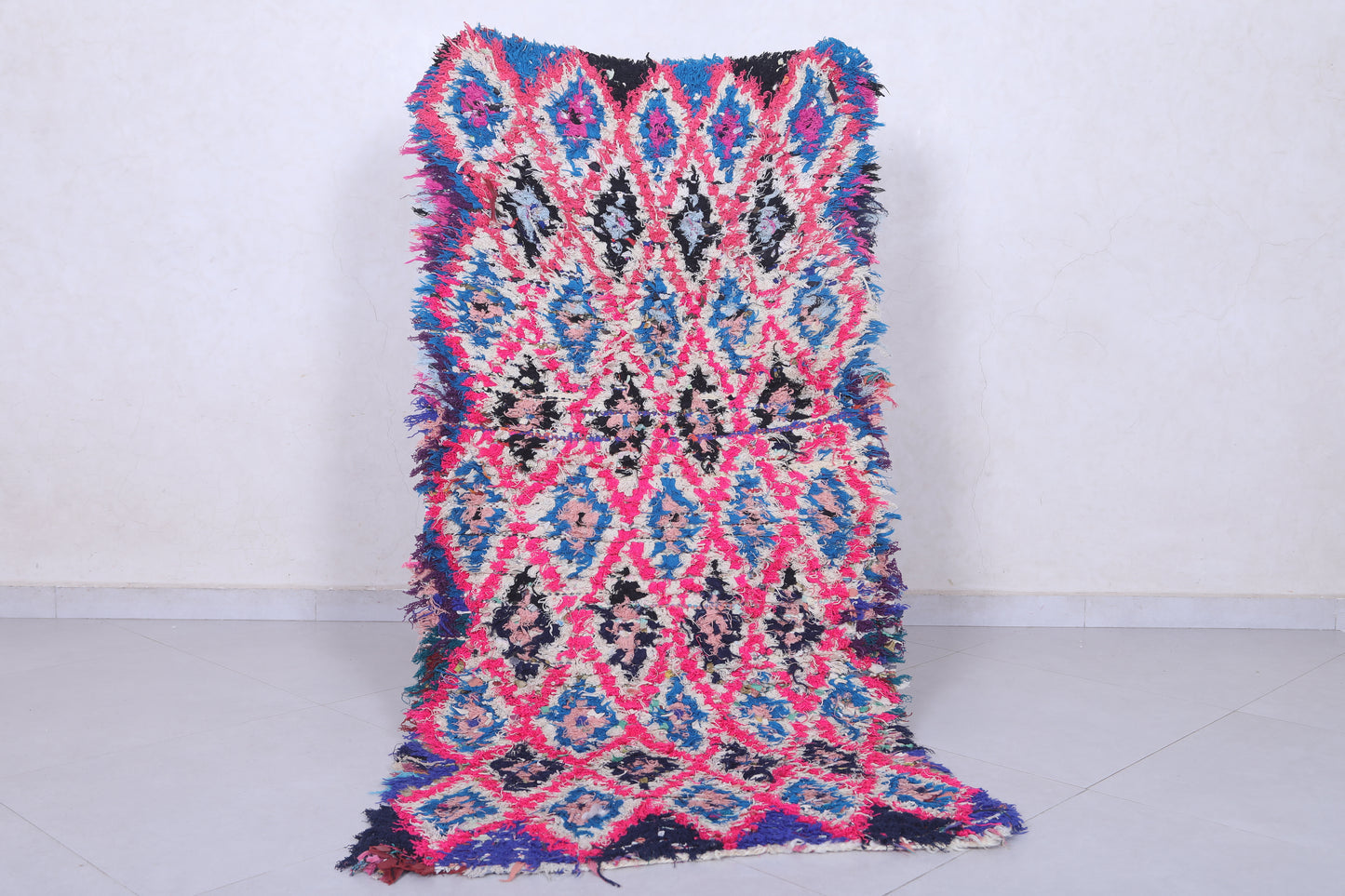
People have a tendency to be dazzled each time stumbling into a stunning piece of Moroccan decor. There’s something magical approximately the colourful hues, tricky styles and lush textures that evoke pix of bustling souks and spice-scented air. Maybe it’s the luxurious handcrafted rugs underfoot, the embroidered poufs inviting you to sit and linger, or the lanterns casting a heat glow over all of it. Whatever the source, Moroccan fashion has a manner of whisking you off on an unique adventure with out ever leaving home. If you’re seeking to add an desirable touch of the uncommon on your space, Moroccan decor is a great area to start. In this weblog, we’ll discover a number of the key elements—like colourful rugs, poufs, lanterns and woven baskets—that make this iconic fashion so transportive. Ready to embark on a adorning adventure to Morocco? Then study on!
The Different Types of Moroccan Rugs: Beni Ourain, Boujad, Kilim
Moroccan rugs are works of art that can transform any space. The most well-known styles are the Beni Ourain, Boujad, and Kilim.
The Beni Ourain rugs are characterized by their minimal, neutral color palette and geometric diamond shapes. Traditionally made of wool, these rugs are plush, soft, and effortlessly chic. They pair well with both modern and bohemian decor.
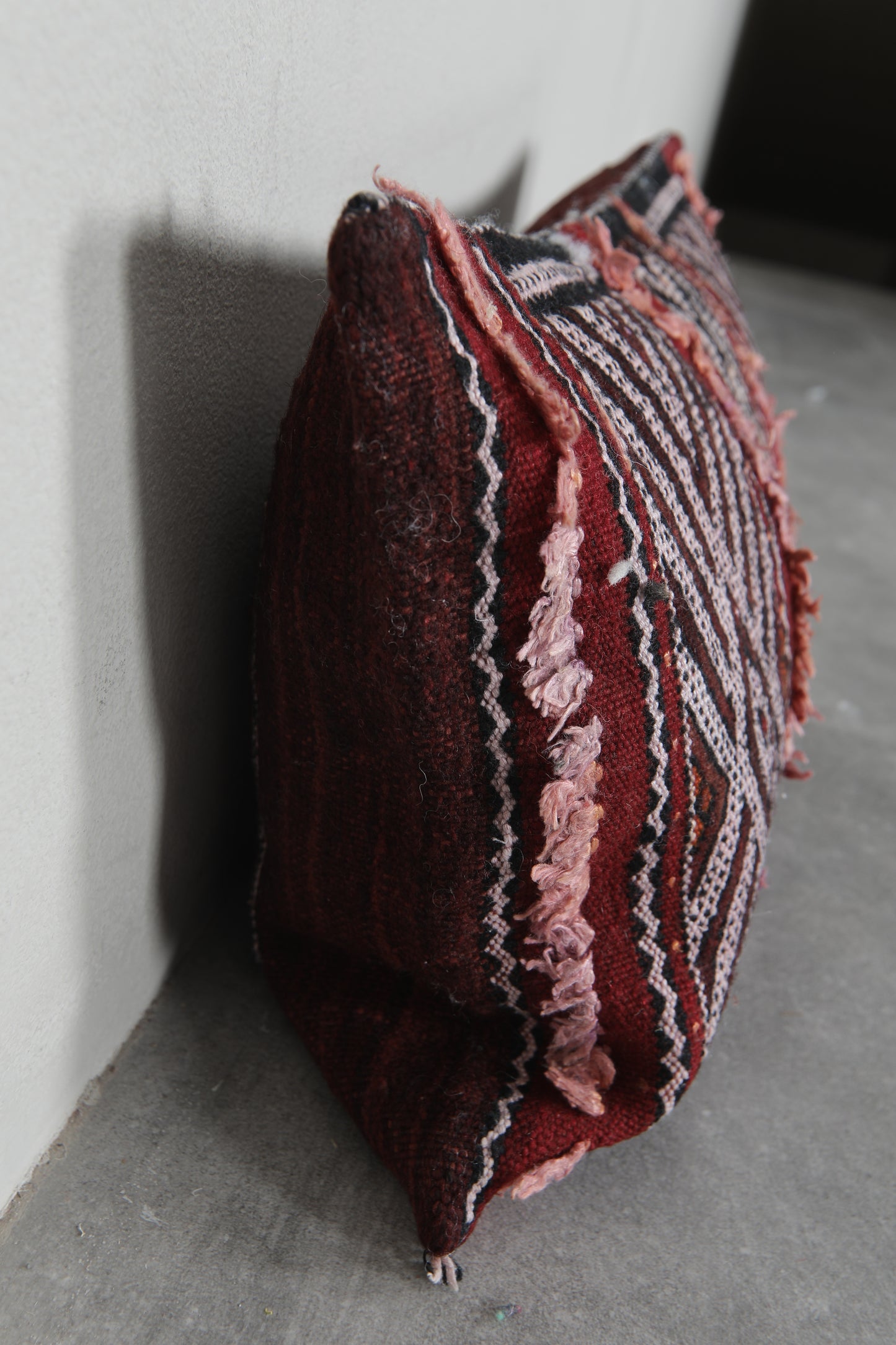
Boujad rugs feature intricate, ornate patterns in deep red, navy, and gold hues. The dense pile and complex designs give Boujad rugs a luxurious look and feel. These opulent rugs complement traditional and eclectic spaces.
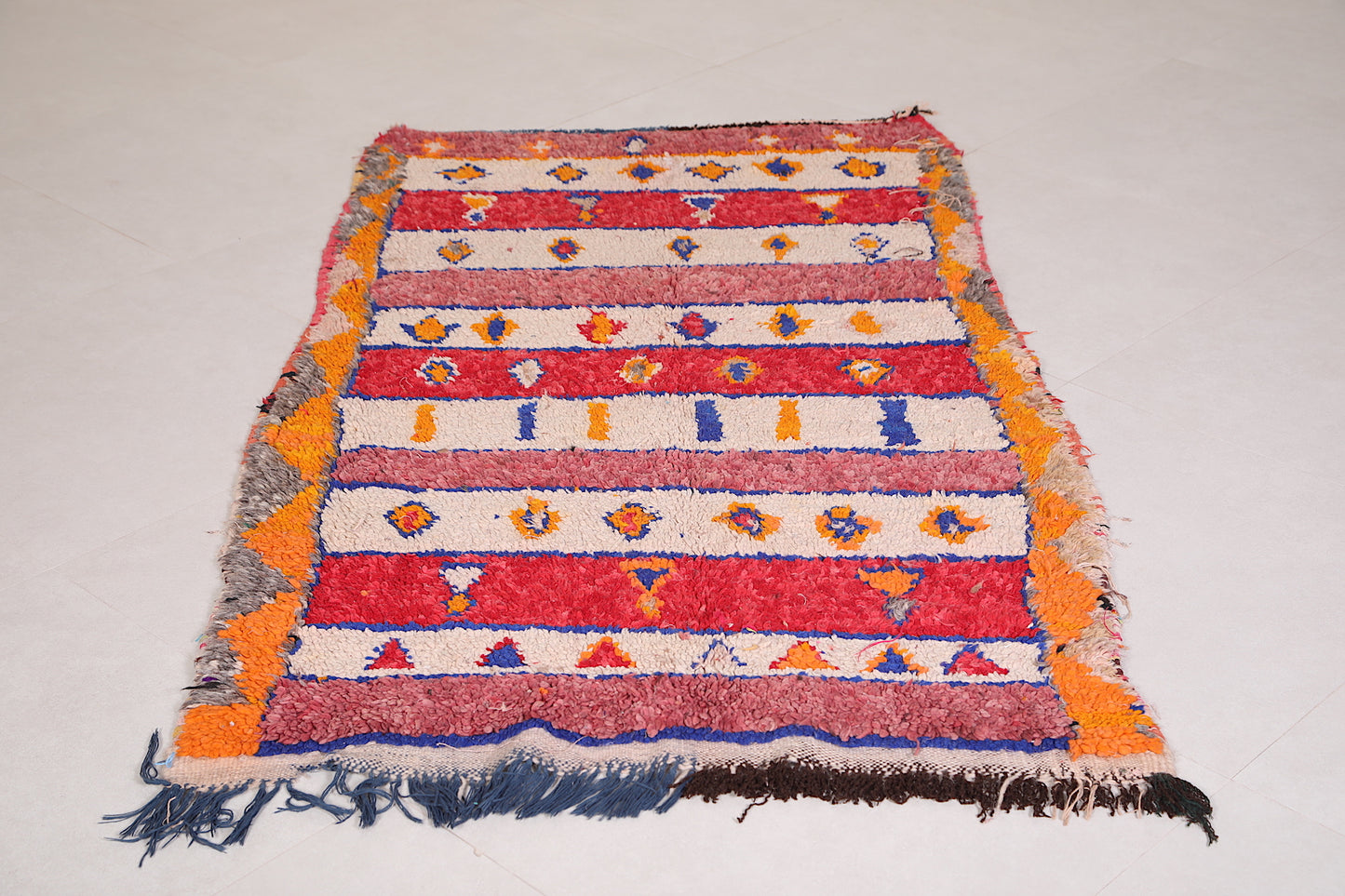
Kilim rugs have a flatweave construction, with no pile. Their simple woven patterns and muted colors like beige, brown and olive green have a rustic, earthy appeal. Lightweight yet durable, Kilim rugs work well in casual, minimalist, and country-style homes.
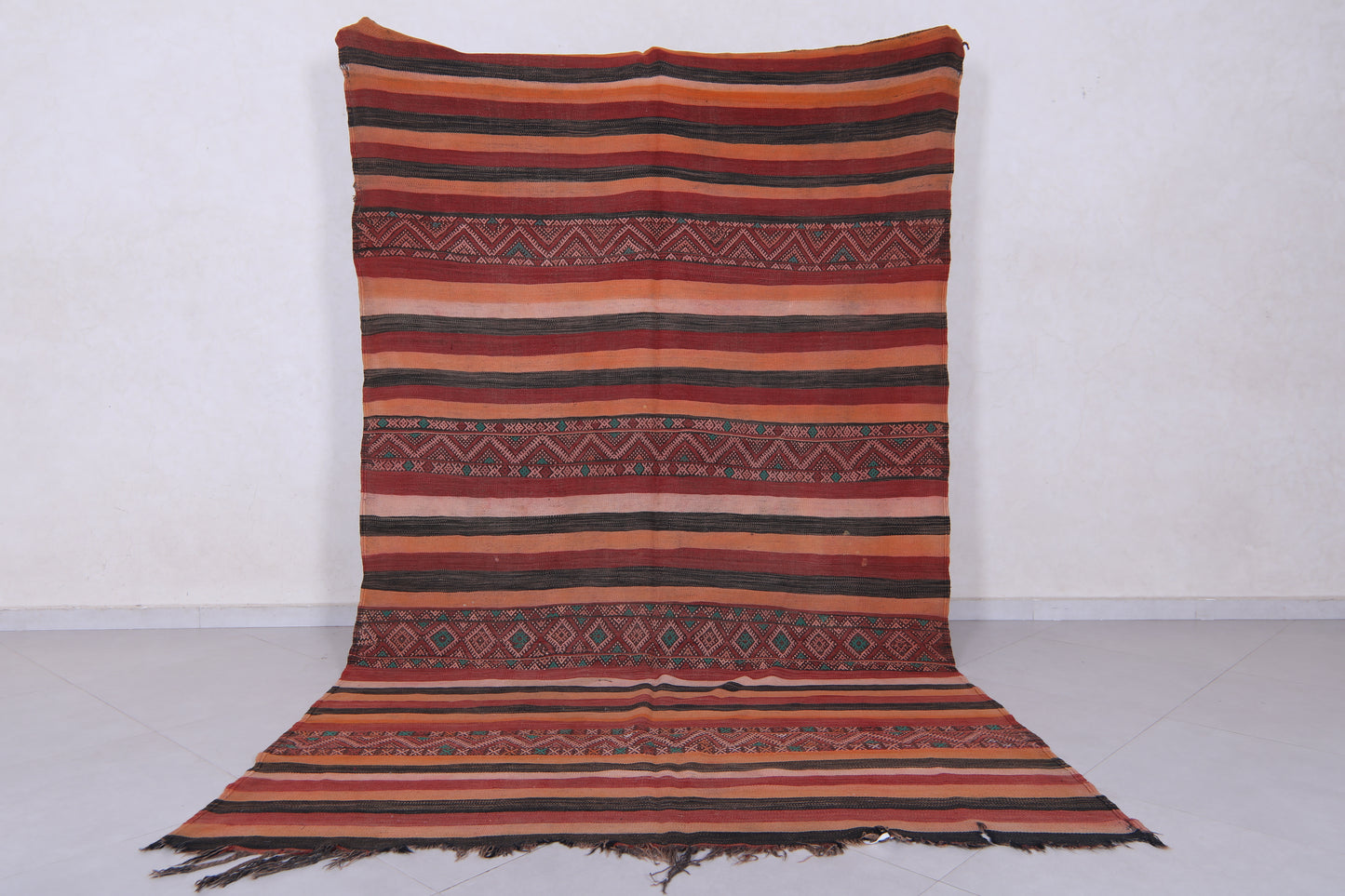
With so many colours, patterns and textures to select from, you're certain to discover a Moroccan rug that fits your style. Place one in your dwelling room or bed room for an instantaneous dose of heat and wanderlust. Layering a rug on top of carpet or wooden floors also provides visual depth and comfort underfoot.
Moroccan poufs, leather-based ottomans, brass trays, and lanterns pair fantastically with the rugs and entire the appearance. Before you comprehend it, you’ll be dreaming of a colourful souk in Marrakech! A skillfully crafted Moroccan rug and add-ons can transport you to some other global of wonderful splendor without ever having to depart home.
How to Choose an Authentic Moroccan Rug
Choosing an actual Moroccan rug to complement your decor is an exciting endeavor. These colourful, artisanal rugs feature problematic styles and logos which have been woven for hundreds of years. When buying, keep those suggestions in thoughts to discover a rug that suits your area and style.
Look for hand-crafted first-class. Authentic Moroccan rugs are hand-knotted or hand-woven, now not device-made. Examine the again of the rug to see the pattern of the knots and look for any unevenness inside the weave, which indicates it was hand made. Machine-made rugs may have a perfectly even, almost plastic-like backing.
Consider the fabric. Wool and cotton are traditional. Wool rugs are softer but extra costly, at the same time as cotton rugs have an casual, informal vibe. Camel hair or goat hair rugs are uncommon and costly. Synthetic rugs are less expensive but no longer authentic.
Check the dyes and colorations. Traditional rugs use herbal dyes like saffron yellow, pomegranate red and indigo blue. Bright neon shades are a signal of chemical dyes and a more moderen, non-traditional rug. An real rug could have a muted, faded appearance from herbal dyes and ageing.
Examine the sample. Zellige, Boucherouite and Beni Ourain rugs characteristic geometric shapes, tribal symbols and Berber designs in an abstract, haphazard pattern. Floral and curvilinear styles suggest a rug from a prime weaving middle like Rabat. An all-over sample with framed edges is typical of urban rug patterns.
Consider the dimensions. Most Moroccan rugs are exceedingly small, among 3 x five to six x nine feet, appropriate for entryways, bedrooms and residing rooms. Larger rugs, 9 x 12 and up are less common and greater high priced but best for filling a spacious room.
Buying from a reputable provider is key. They can nicely authenticate the rug, determine its age and area of starting place, and provide information on how it become made. While an antique rug could be pricier, even more moderen hand-crafted rugs make a one-of-a-type addition to your private home. With an true Moroccan rug, you’ll deliver centuries of history and handcrafted artistry into your space.
How to Care for Your Moroccan Rug
Owning an authentic Moroccan rug is a joy, but it does require some care and maintenance to keep it looking its best. Here are some tips for properly caring for your Moroccan rug:
Regular vacuuming
Vacuum your rug at least once a week using the proper height setting for rugs. Make sure the vacuum head is clean and free of any debris before vacuuming. Vacuuming will remove loose dirt and grit that can damage the rug fibers over time.
Professional cleaning
Have your Moroccan rug professionally cleaned once every 2-5 years depending on traffic and soiling. A professional rug cleaning uses special machines and detergents to deep clean the entire rug without damage. Do some research to find a reputable rug cleaning company in your area that has experience with delicate rugs.
Rotate and flip
Rotate and flip your rug 180 degrees every few months so that wear and tear is distributed evenly. This is especially important for rugs in high-traffic areas. Flipping the rug over will allow the underside to be exposed to air and light, preventing the colors from fading unevenly.
Protect from sun damage
Direct sunlight can cause Moroccan rugs to fade over time. Place your rug out of direct sunlight when possible, such as under furniture or in a shady area of the room. Use curtains to block sunlight during the brightest parts of the day. Sun damage is permanent, so take measures to prevent fading and protect your investment.
Avoid harsh chemicals
Never use harsh chemicals, bleaches or abrasive cleaners on a Moroccan rug. Stick to rug shampoos and detergents specifically formulated for delicates rugs and carpets. Harsh chemicals can damage the rug fibers, dyes and any embellishments like tassels or embroidery. Plain water or a mild detergent and water are the best for spot-cleaning stains on a Moroccan rug. Blot with a clean, wet rag and air dry away from direct heat.
By following these simple care guidelines, your Moroccan rug will stay beautiful and last for many years of enjoyment in your home. Cherish your rug—it's an exquisite work of art!
The Comfort and Style of Moroccan Poufs
Moroccan poufs are the perfect decorative accessory to complete your Moroccan-inspired space. These colorful ottomans provide extra seating when you have guests over, but they also just look great scattered around the room. Their round shapes and vibrant patterns will brighten up any area.
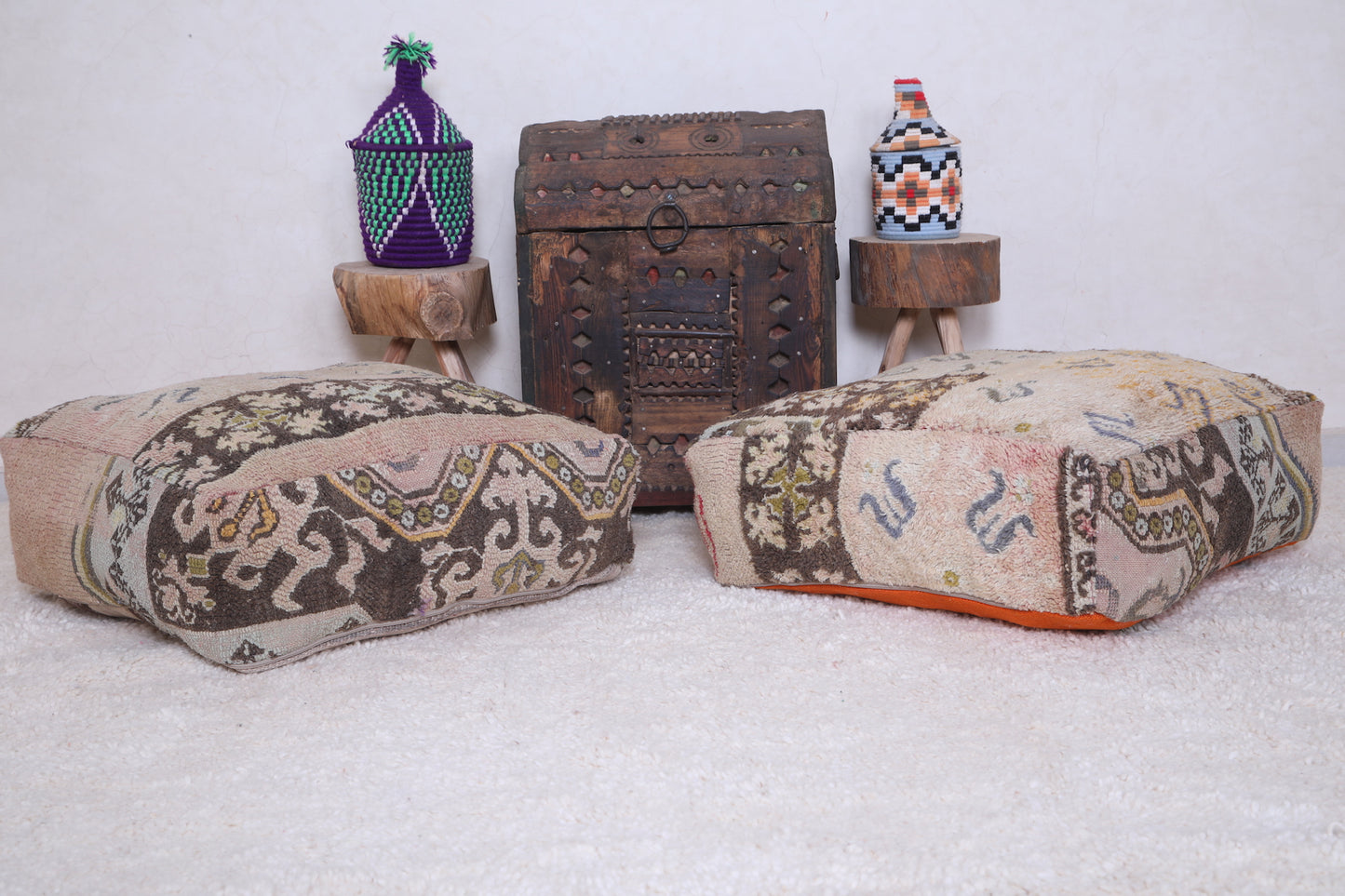
Materials and Colors
Traditional Moroccan poufs are made from leather or woven wool fabric. The leather poufs feature intricate geometric embossing for texture and come in rich shades of red, brown and gold. Wool poufs display colorful tribal prints and Berber symbols in vivid oranges, blues and pinks. Some modern poufs use cotton or chenille fabrics for a softer look.
Styling Poufs
Poufs can be styled in many ways. Group several together in a casual seating area or reading nook. Place one next to an armchair as a footrest or side table. Use a large pouf as a coffee table in a small space. Stack two or three poufs on top of each other to create an impromptu end table or plant stand.
Choosing Pouf Sizes
Moroccan poufs come in a range of sizes from 12 inches up to 30 inches in diameter. The most common and versatile sizes are 18 to 24 inches. Large poufs around 24 inches work well as centerpieces in seating areas or at the foot of a bed. Medium poufs around 18 to 20 inches can be used as ottomans, footrests or casual seating. Smaller poufs under 16 inches make perfect accent pieces in corners, but may be too small for most people to sit on comfortably.
Whether you want to go all-out Moroccan with a collection of poufs in different sizes and patterns, or just add one or two as accents in your home, these colorful ottomans can infuse comfort, style and a sense of adventure into your decor. Let the allure of Moroccan design transport you with the simple addition of a humble yet charismatic pouf.
Different Stuffings for Moroccan Poufs: Wool, Cotton, Foam
Moroccan poufs come in a variety of shapes and sizes, but what’s inside them can vary too. The stuffing material impacts how firm, plush or squishy the pouf will be. The most common options are wool, cotton, and foam.
Wool is a traditional stuffing that provides structure and warmth. Poufs stuffed with wool tend to be quite firm and hold their shape well over time. However, wool can be expensive and may not be ideal if you live in a warm climate.
Cotton is a popular, affordable stuffing that results in a softer, more pliable pouf. Poufs stuffed with cotton will compress and deform more easily under pressure, giving them a casual, relaxed feel. The downside is that cotton can clump together over time and the pouf may lose some of its puffiness. Fluffing the stuffing and re-shaping the pouf from time to time can help prevent this.
Foam, specifically polyurethane foam, is a modern stuffing option that creates a lightweight yet still supportive pouf. Poufs filled with foam will be moderately firm but also have some give when you sit on them. High-density foams tend to hold their shape the best. Foam is a good choice if you want your pouf to last a long time and maintain its structure. However, foam can feel less natural than wool or cotton and may be more difficult to recycle.
In the end, the stuffing you choose comes down to how plush or practical you want your pouf to be, your climate conditions, and any sustainability considerations. A wool and cotton blend is a popular combination that provides both comfort and structure. No matter the stuffing, a well-made Moroccan pouf stuffed to the right density will provide comfort, support and style for years to come.
Using Moroccan Poufs in Your Home Decor
Moroccan poufs are versatile decorative accessories that can be used in many rooms of your home. Their round shape and plush form make them perfect for casual seating, but they also work well as ottomans, side tables, or plant stands.
Find the Right Size
Moroccan poufs come in a variety of sizes, from 12 inches in diameter up to 36 inches or more. For a living room, a larger pouf around 24 to 30 inches works well as an ottoman or extra seat. In a bedroom, a smaller pouf can be ideal as a bedside table. Measure the space you want to place the pouf before purchasing to ensure the right proportions.
Consider the Fabric
Traditional Moroccan poufs are made of leather or woven wool fabrics in vibrant colors and patterns. For a bold look, choose a pouf in a rich crimson red or royal blue. Neutral shades like cream, tan or gray also work well for a more subtle touch. If placing the pouf in a high-traffic area, opt for a durable leather or wool blend that can stand up to heavy use.
Add Decorative Touches
Once you have your pouf in place, you can enhance its decorative appeal with a few simple touches:
• Set a tray on top of the pouf to create an instant table surface. Load up the tray with candles, books, or a vase of fresh flowers.
• Drape colorful textiles like a blanket, throw or rug over part of the pouf. Let the edges casually flow onto the floor around it.
• Display a collection of patterned pillows or cushions on and around the pouf. Mix and match colors, prints and embroidery for a vibrant bohemian look.
• Place a large plant, basket or lantern on the floor next to the pouf. The pouf can act as a small side table, adding height next to furnishings on the ground.
• Scatter tasseled trim, pompoms or tassels around the pouf for an eclectic, artisanal feel. Let the decorative touches flow onto the floor around the pouf.
Moroccan poufs are endlessly versatile and help create a relaxed, inviting space. With the right size and a few decorative enhancements, a pouf can become a focal point in any room. Their plush comfort and visual appeal will make them a new favorite piece of furniture in your home.
Moroccan Decor FAQs: Your Questions Answered
Moroccan decor has become increasingly popular, but you probably still have some questions about it. Here are some of the most frequently asked questions about Moroccan style answered.
What defines the Moroccan decor style?
Moroccan decor, also known as Moorish decor, is inspired by Moroccan architecture and design. Some hallmarks of the style include:
-
Colorful patterned rugs, pillows and textiles. Moroccan patterns often feature geometric and floral designs in vibrant reds, blues and golds.
-
Arched doorways and windows. The arched shape is prevalent in Moroccan architecture.
-
Intricate metalwork. Moroccan lamps, tables, chairs and accessories often feature ornate metal details.
-
Natural materials. Moroccan decor makes use of materials like stone, wood, wrought iron and ceramic tile.
How do I create a Moroccan-inspired space?
Here are some tips for giving your space a Moroccan feel:
-
Start with a patterned rug. A colorful Moroccan rug anchors the space and sets the theme. Place it under a table or in a seating area.
-
Add plush floor cushions and poufs. Floor seating is an integral part of Moroccan decor. Scatter poufs around the rug for a lounge area.
-
Use an ornate metal coffee table. An engraved brass or wrought iron Moroccan table completes the look.
-
Include Moroccan textiles. Add patterned pillows, blankets, wall hangings or upholstery to incorporate Moroccan fabrics.
-
Add arches. If possible, incorporate arched doorways or windows. Or use removable arched wall decor to suggest the shape.
-
Use natural wood and stone. Incorporate wood or stone tables, trays, candle holders, sculpture and wall art for an earthy feel.
-
Include Moroccan lighting
Conclusion
So there you have it, a glimpse into the world of Moroccan decor and why its exotic style has captured the imagination of so many. From intricate rugs to plush poufs to ornate lanterns, the blend of colors and patterns is like a sensory feast for the eyes. If you’re looking to bring a touch of the souk into your space, start small with a pouf or rug and build from there. Before you know it, your living room or bedroom will be transformed into a Moroccan oasis, a place where you can relax, unwind and pretend you’re wandering the spice markets of Marrakech - no magic carpet required. A world of adventure awaits, so what are you waiting for? The decor is calling your name.
